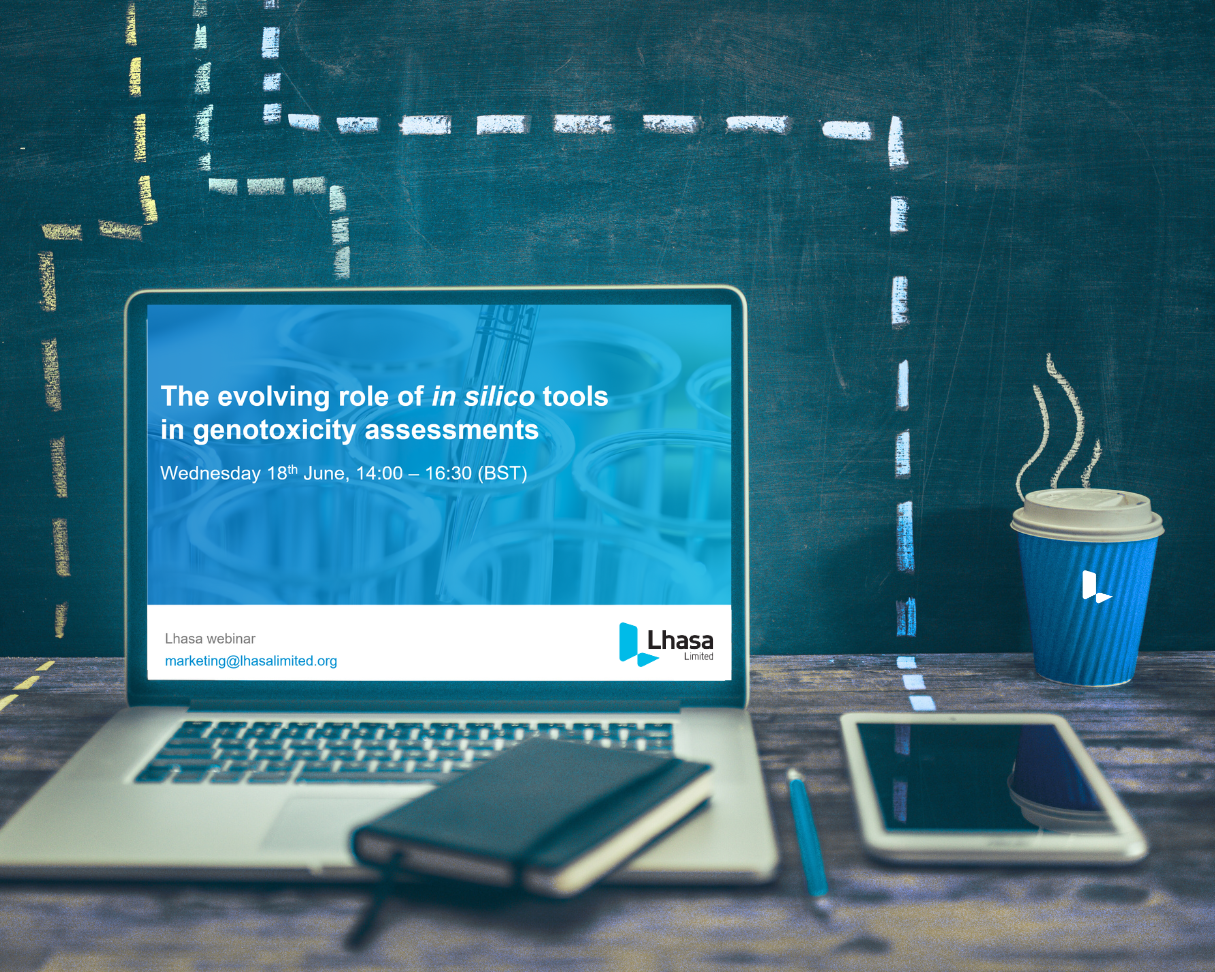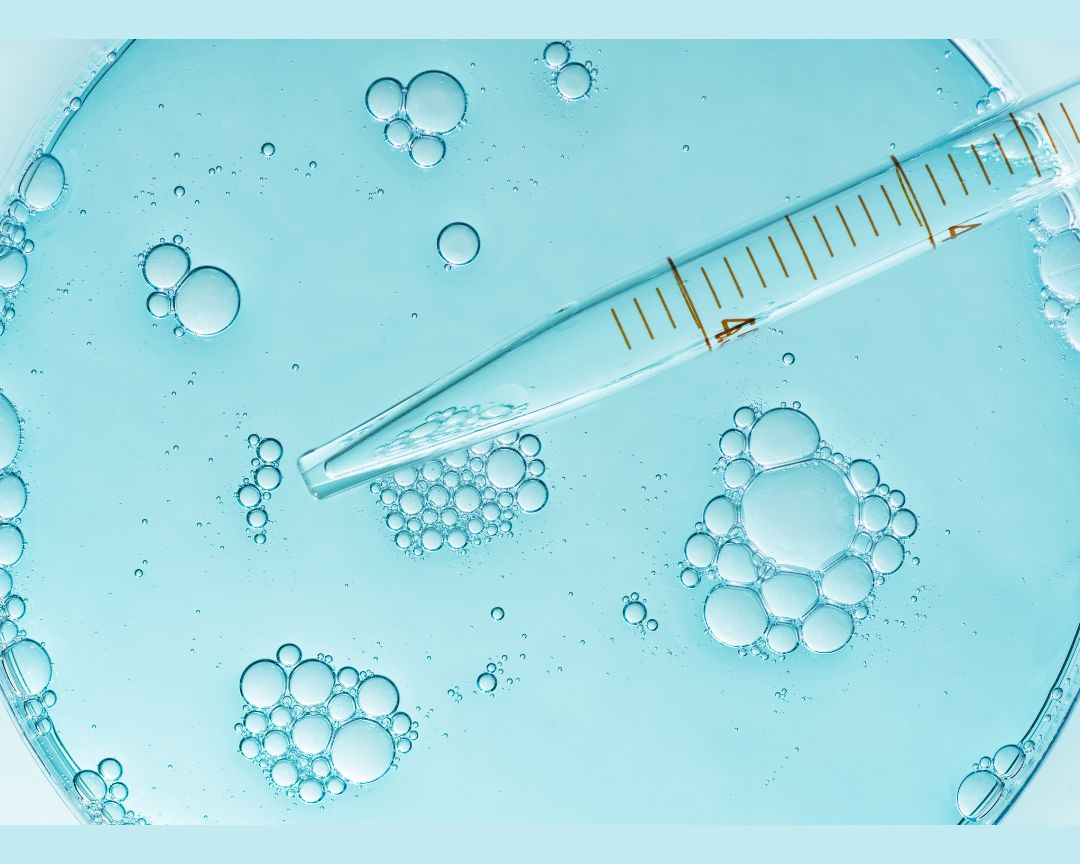We are delighted to share our vital new article ‘Establishing best practice for the application and support of solubility purge factors’ which was recently published in Organic Process Research & Development (OPRD). The paper has been written by Lhasa Principal Scientist Michael Burns, alongside industry expert co-authors from AstraZeneca, GSK, Hoffman LaRoche and other forward thinking pharmaceutical organisations.
Synthesising active pharmaceutical ingredients (APIs) for the development of drug products can involve the use of highly reactive starting materials. These materials can be mutagenic, because of their ability to react with DNA. It is important to understand if there is a risk of these potentially mutagenic impurities (PMIs) being carried over into the API and therefore drug product.
The ICH M7 guideline outlines how to carry out a risk assessment to evaluate the mutagenic potential and control of these impurities. Potential options require either testing for the impurity, using knowledge to confidently assume the level of impurity is below the level of risk, or a combination of both. Control option 4 uses process knowledge alone, considering the fate of impurities throughout the synthetic steps, based on properties of the impurity including reactivity, solubility, and volatility.
A measure of the purge of these impurities can be carried out using the Theoretical Purge Factor Scoring System outlined in a paper written by Teasdale et al, where a high enough purge ratio score can be used as part of control option 4. This approach reduces the need to set up costly and time-consuming analytical methods to test for impurities that are unlikely to even be present in the final drug product.
Conservative purge factor assignment is key to regulatory acceptance. For reactivity, the purge approach has been validated by experimental data and it has been demonstrated that actual impurity levels are well below predicted values. It is important that this conservatism is maintained to ensure we can continue to control impurities in the industry safely. Volatility purge scoring is easy to understand and apply. However, through our interactions with regulators and members of the purge approach community, it became apparent that there is less certainty about how to score solubility purge. Over-application of solubility purge factors by scoring each purification step (e.g., multiple extractions) separately, could put the conservatism of the scoring system at risk.
We therefore identified the value of establishing best practice guidance on how to measure solubility purge, and when it might be necessary to provide a justification for the purge factor assigned. Through engagement with our members who use Mirabilis (our dedicated purge calculation software), and discussion with regulatory agencies, a standardised approach to apply solubility purge factor scoring has been developed.
Read the full paper to find out more information about how to:
- Assign solubility purge factors for different kinds of purification steps with a workflow to follow.
- Define your process operations (e.g., crystallisations and filtrations amongst others).
- Decide where further data collection to support the solubility purge is required for your submission.
This paper will result in quicker risk assessments, submissions and regulatory acceptance – ultimately speeding up drug availability to patients.
If you would like to find out more about how we can support you with assessment and control of your impurities please get in touch.
Last Updated on February 5, 2024 by lhasalimited



